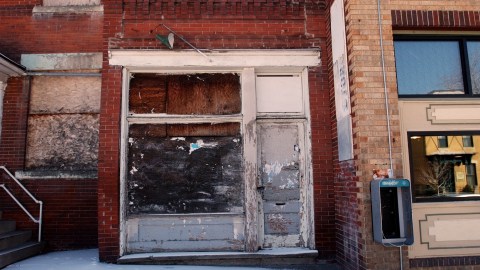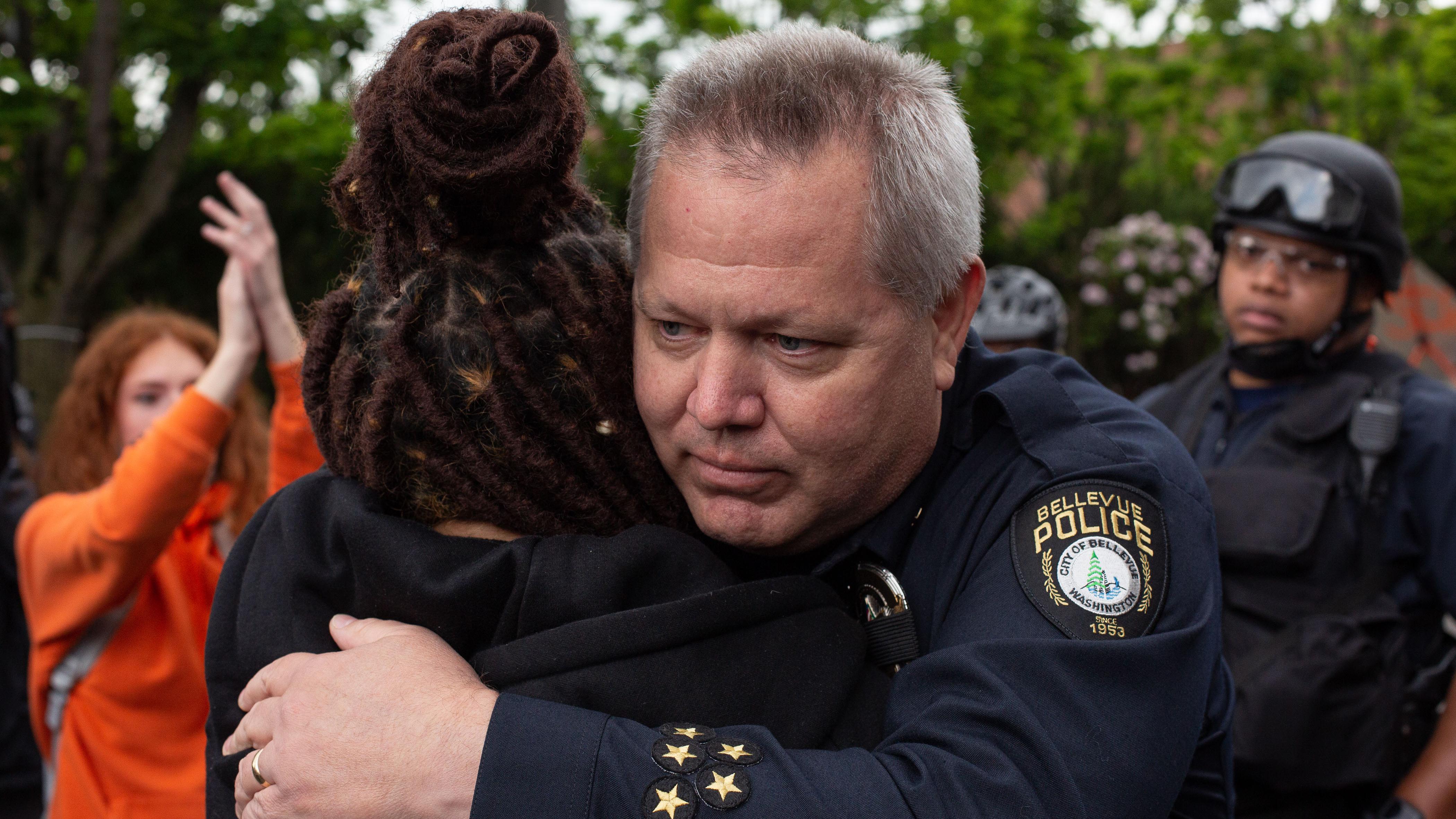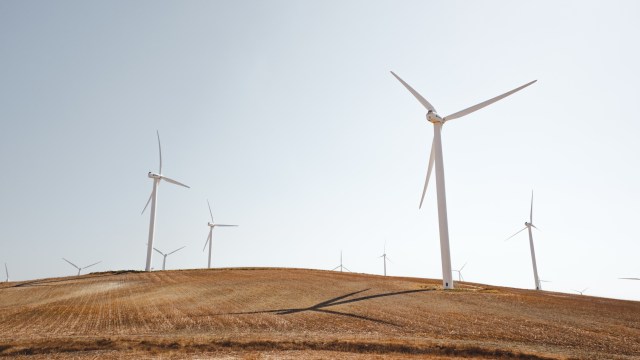Study: Ending the racial wealth gap would add a trillion dollars to the economy

Andy Cross/The Denver Post via Getty Images
- A new study shows that the wealth gap in the United States is still here, huge, and affects every aspect of our economic lives.
- The authors explain that narrowing the gap would increase GDP size substantially.
- The study also reminds us that little will change without major policy changes.
Racial wealth inequality in the United States is severe. According to one report, the median white American family has ten times more wealth than the median black American family and eight times the wealth of the median Latino family. A third of African-American families have either negative or net-zero wealth. A third of Native-American children live in poverty, as opposed to ten percent of white children.
This gap has a long and shameful history. Investigations into why it has proven so persistent go back to the early writings of W.E.B Du Bois, but a new study sheds more light on the subject and explains why the gap has proven so persistent over the last two hundred years.
The color of money
The study, carried out by McKinsey and Company, examines the staying power of the wealth gap and the social forces involved.
They begin by breaking down the factors involved in the wealth gap into four groups that account for a family’s ability to build wealth across a generation:
- “Community context. The collection of public and private assets in a given community.
- Family wealth. The net value of a family’s pool of financial and nonfinancial assets.
- Family income. The cash flow a family receives from entrepreneurship or its members’ participation in the labor market.
- Family savings. The tools and benefits a family can access to turn income into savings and wealth for families and the community.”
These four elements closely interact with each other. A community that has lots of wealth can provide opportunities and social capital to members who fall on hard times or ones who need a connection to make their next career move, families with wealth and savings can provide resources to their community. Families with lots of money saved up can start businesses more easily than those who can’t, potentially increasing their income down the line.
As you can see in this graphic, the positive effects of an increase in one area can spill over into the others and cause wealth to increase rapidly.

McKinsey & Company
McKinsey & Company
This also means that places with wealth now can bounce back if they took the time to invest in their communities before a disaster. Case in point, when General Sherman ordered his armies to burn down every plantation they could lay their hands on, the previously wealthy white families were able to restore their wealth in twenty years.
But what about when things go the other way?
Just as the building of community and family wealth can be a virtuous cycle of wealth creation and a layer of security against hard times, problems in the system can prevent people from getting ahead. In the United States, with our long history of slavery, Jim Crow laws, and continuing discrimination against non-white communities, this means that the generation of wealth can be exceedingly difficult.
Just think about these statistics.
African Americans tend to live in states with below-average social and economic conditions, limiting the wealth of their neighborhoods and the potential for personal income. The typical black American can expect to make a million fewer dollars than the average white American in their lifetime. Income disparities continue to exist even after accounting for education level. Incarceration, an issue that has affected minority communities more than white ones, can reduce expected income by up to 40% a year, not counting wages lost while in jail.
These facts further limit the amount of money that a family can hope to save or give to their children.
The median black family has one-sixth the savings of the typical white one. While about a third of white Americans can expect some inheritance during their lifetimes, only eight percent of black Americans can. Those inheritances are then only a third as large. The lower level of “starter wealth” impacts savings and investment rates, as people have less money to go around.
When a community is kept in poverty, denied the right to live in neighborhoods with high levels of community wealth, paid less, and charged more for essential services, it makes sense why they might have a hard time building up wealth.
Is there anything we can do about it then? Or is this the end of the story?
A study on the bounce-back of southern slave-owning families spoke to the resiliency of the wealth gap when the authors wrote:
“Results suggest that even destroying the capital stock or temporarily expropriating the land of wealthy households would not have been enough to prevent their sons from experiencing full recovery in a generation.”
The ability of family and community wealth to reinforce one another and a historical tendency for people with wealth to be very good at protecting that wealth means that the rich aren’t going to spontaneously get poorer anytime soon. This, combined with the statistics mentioned above on the racial wealth gap, makes it unlikely that any progress on reducing the gap can be made without some kind of redistribution of wealth and property.
Some of the presidential candidates in this cycle have advanced policy ideas that would help to reduce this wealth gap. Cory Booker’s Baby Bonds proposal would benefit Americans of all colors but would cause the racial wealth gap to narrow over time. Several candidates have expressed support in looking into reparations, while others have explicitly called for cash payments now. You can see for yourself what some of the proposals would do to reduce the wealth gap here.
The idea of reparations for slavery being used to close the wealth gap has a longacademichistory. The idea was returned to the realm of popular discussion by Ta-Nehisi Coates in a 2014 article in the Atlantic. While they’re a political non-starter at the moment, there is little debate over if reparations would be useful at closing the racial wealth gap.
What if we did close it? What would happen?
The economy would grow by at least a trillion dollars.
That was the conclusion of the McKinsey and Company study. They built a forecasting model assumed that white Americans would see their wealth grow by .8 percent a year while African-Americans enjoyed 3.0 percent growth every year. The logic here is simple; the model assumes that increased wealth would lead people to invest, save, and spend more. These behaviors would grow the economy overall.
While their trillion-dollar estimate compares the results of the above scenario with one that assumes that the wealth gap is closed by 2028, it also shows that the economy benefits overall from a reduced wealth gap. The last estimate they did assumed the gap grew larger; they swapped the assumed wealth increases for blacks and whites above. It showed that the economy would then be 1.5 trillion dollars larger if the gap were closed by 2028.
That’s also just the dollars and cents version. Poverty is a menace that causes both physical and mental illness, drives people to crime, lowers IQ scores, and eats away at communities. To close the wealth gap even slightly would improve the quality of life for millions of people.
America’s history of slavery and racist government policies have allowed a massive wealth gap to accumulate between White Americans and everybody else. As history shows, this gap is unlikely to disappear by itself anytime soon. While it would take a tremendous political will to enact the policies needed to correct for these injustices, the findings of this report show that the economic benefits would be massive.
That, and it might be the right thing to do.





